JAJSLY1G July 2013 – June 2021 TPS54561
PRODUCTION DATA
- 1 特長
- 2 アプリケーション
- 3 概要
- 4 Revision History
- 5 Pin Configuration and Functions
- 6 Specifications
-
7 Detailed Description
- 7.1 Overview
- 7.2 Functional Block Diagram
- 7.3
Feature Description
- 7.3.1 Fixed Frequency PWM Control
- 7.3.2 Slope Compensation Output Current
- 7.3.3 Pulse Skip Eco-mode
- 7.3.4 Low Dropout Operation and Bootstrap Voltage (BOOT)
- 7.3.5 Error Amplifier
- 7.3.6 Adjusting the Output Voltage
- 7.3.7 Enable and Adjusting Undervoltage Lockout
- 7.3.8 Soft Start/Tracking Pin (SS/TR)
- 7.3.9 Sequencing
- 7.3.10 Constant Switching Frequency and Timing Resistor (RT/CLK) Pin)
- 7.3.11 Maximum Switching Frequency
- 7.3.12 Synchronization to RT/CLK Pin
- 7.3.13 Accurate Current Limit Operation
- 7.3.14 Power Good (PWRGD Pin)
- 7.3.15 Overvoltage Protection
- 7.3.16 Thermal Shutdown
- 7.3.17 Small Signal Model for Loop Response
- 7.3.18 Simple Small Signal Model for Peak Current Mode Control
- 7.3.19 Small Signal Model for Frequency Compensation
- 7.4 Device Functional Modes
-
8 Application and Implementation
- 8.1 Application Information
- 8.2
Typical Applications
- 8.2.1
Buck Converter for 7-V to 60-V Input to 5-V at 5-A Output
- 8.2.1.1 Design Requirements
- 8.2.1.2
Detailed Design Procedure
- 8.2.1.2.1 Custom Design with WEBENCH® Tools
- 8.2.1.2.2 Selecting the Switching Frequency
- 8.2.1.2.3 Output Inductor Selection (LO)
- 8.2.1.2.4 Output Capacitor
- 8.2.1.2.5 Catch Diode
- 8.2.1.2.6 Input Capacitor
- 8.2.1.2.7 Slow Start Capacitor
- 8.2.1.2.8 Bootstrap Capacitor Selection
- 8.2.1.2.9 Undervoltage Lockout Set Point
- 8.2.1.2.10 Output Voltage and Feedback Resistors Selection
- 8.2.1.2.11 Compensation
- 8.2.1.2.12 Power Dissipation Estimate
- 8.2.1.2.13 Safe Operating Area
- 8.2.1.2.14 Discontinuous Conduction Mode and Eco-mode Boundary
- 8.2.1.3 Application Curves
- 8.2.2 Inverting Buck-Boost Topology for Positive Input to Negative Output
- 8.2.3 Split-Rail Topology for Positive Input to Negative and Positive Output
- 8.2.1
Buck Converter for 7-V to 60-V Input to 5-V at 5-A Output
- 9 Power Supply Recommendations
- 10Layout
- 11Device and Documentation Support
- 12Mechanical, Packaging, and Orderable Information
6.8 Typical Characteristics
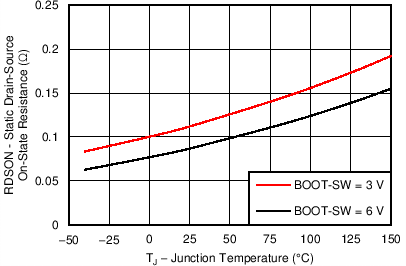 Figure 6-1 ON Resistance vs Junction Temperature
Figure 6-1 ON Resistance vs Junction Temperature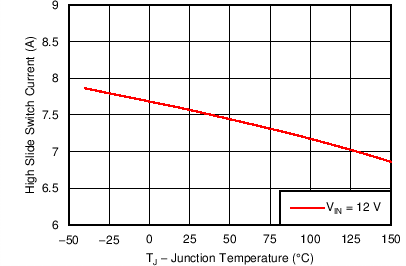 Figure 6-3 Switch Current Limit vs Junction Temperature
Figure 6-3 Switch Current Limit vs Junction Temperature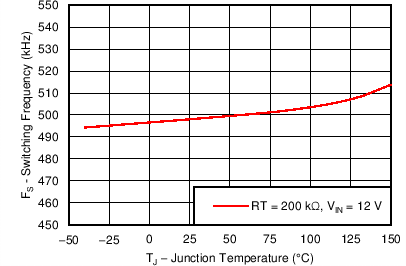 Figure 6-5 Switching Frequency vs Junction Temperature
Figure 6-5 Switching Frequency vs Junction Temperature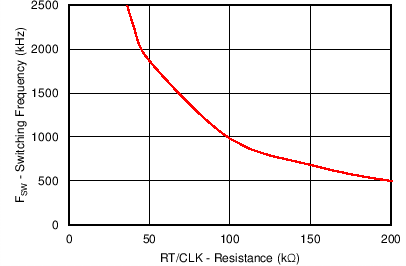 Figure 6-7 Switching Frequency vs RT/CLK Resistance High Frequency Range
Figure 6-7 Switching Frequency vs RT/CLK Resistance High Frequency Range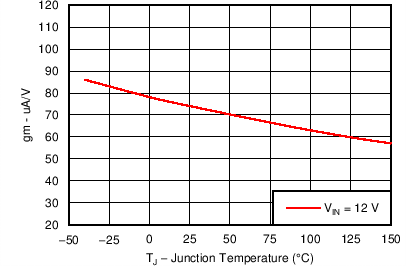 Figure 6-9 EA Transconductance During Soft-Start vs Junction Temperature
Figure 6-9 EA Transconductance During Soft-Start vs Junction Temperature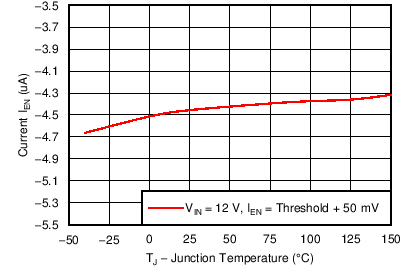 Figure 6-11 EN Pin Current vs Junction Temperature
Figure 6-11 EN Pin Current vs Junction Temperature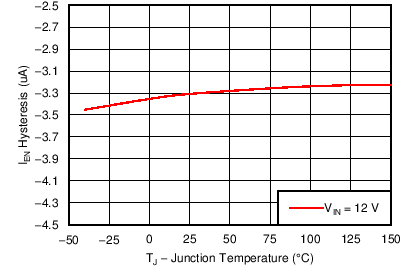 Figure 6-13 EN Pin Current Hysteresis vs Junction Temperature
Figure 6-13 EN Pin Current Hysteresis vs Junction Temperature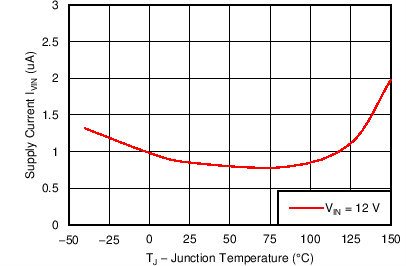 Figure 6-15 Shutdown Supply Current vs Junction Temperature
Figure 6-15 Shutdown Supply Current vs Junction Temperature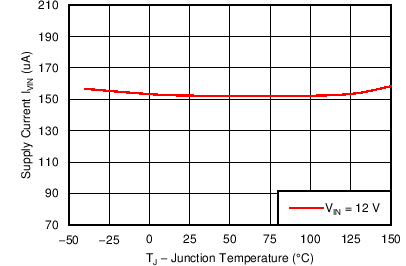 Figure 6-17 VIN Supply Current vs Junction Temperature
Figure 6-17 VIN Supply Current vs Junction Temperature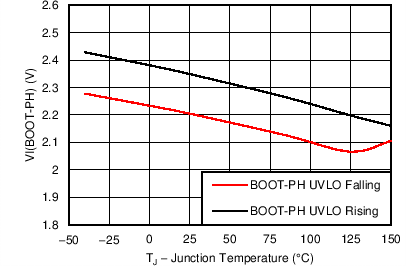 Figure 6-19 BOOT-SW UVLO vs Junction Temperature
Figure 6-19 BOOT-SW UVLO vs Junction Temperature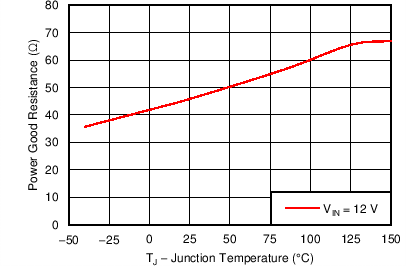 Figure 6-21 PWRGD ON Resistance vs Junction Temperature
Figure 6-21 PWRGD ON Resistance vs Junction Temperature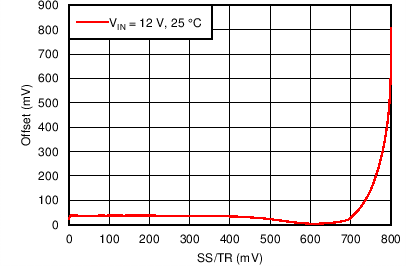 Figure 6-23 SS/TR to FB Offset vs FB
Figure 6-23 SS/TR to FB Offset vs FB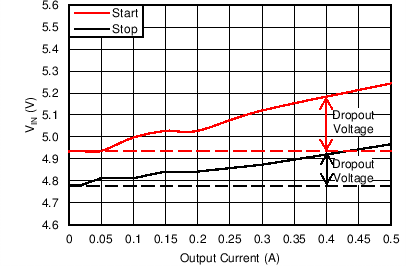 Figure 6-25 5-V Start and Stop Voltage (see )
Figure 6-25 5-V Start and Stop Voltage (see )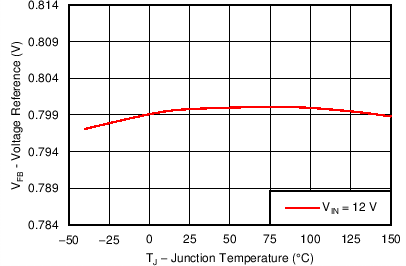 Figure 6-2 Voltage Reference vs Junction Temperature
Figure 6-2 Voltage Reference vs Junction Temperature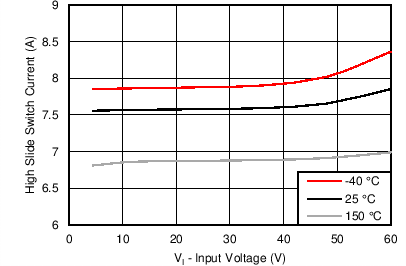 Figure 6-4 Switch Current Limit vs Input Voltage
Figure 6-4 Switch Current Limit vs Input Voltage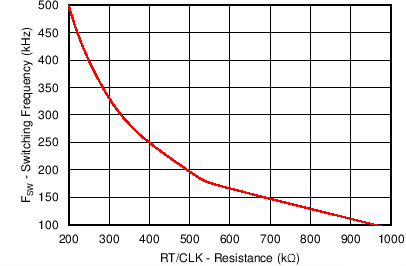 Figure 6-6 Switching Frequency vs RT/CLK Resistance Low Frequency Range
Figure 6-6 Switching Frequency vs RT/CLK Resistance Low Frequency Range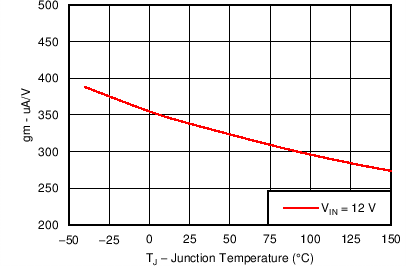 Figure 6-8 EA Transconductance vs Junction Temperature
Figure 6-8 EA Transconductance vs Junction Temperature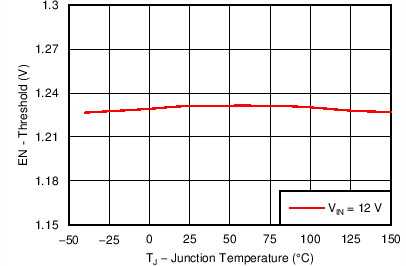 Figure 6-10 EN Pin Voltage vs Junction Temperature
Figure 6-10 EN Pin Voltage vs Junction Temperature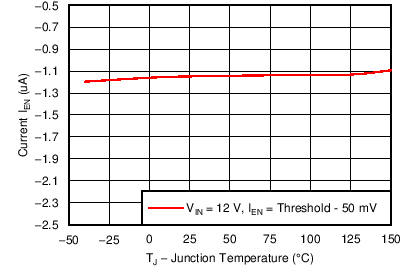 Figure 6-12 EN Pin Current vs Junction Temperature
Figure 6-12 EN Pin Current vs Junction Temperature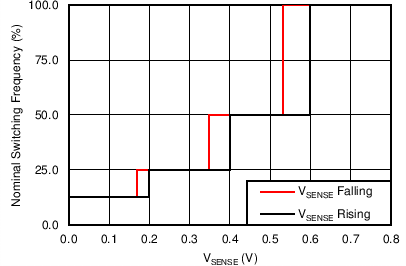 Figure 6-14 Switching Frequency vs FB
Figure 6-14 Switching Frequency vs FB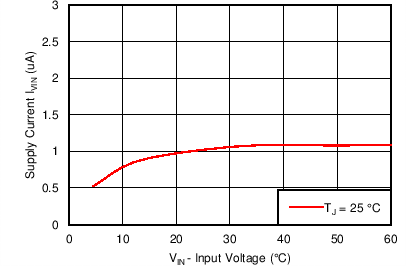 Figure 6-16 Shutdown Supply Current vs Input Voltage (VIN)
Figure 6-16 Shutdown Supply Current vs Input Voltage (VIN)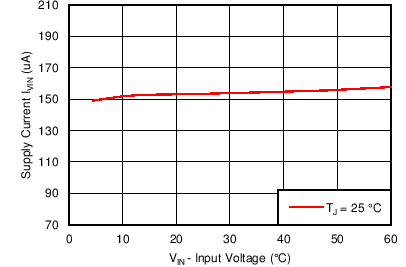 Figure 6-18 VIN Supply Current vs Input Voltage
Figure 6-18 VIN Supply Current vs Input Voltage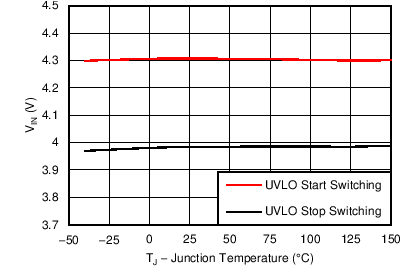 Figure 6-20 Input Voltage UVLO vs Junction Temperature
Figure 6-20 Input Voltage UVLO vs Junction Temperature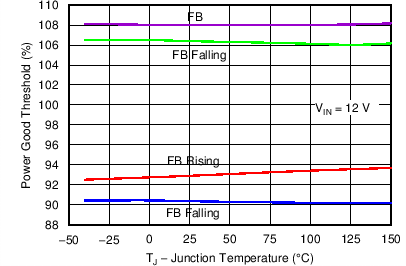 Figure 6-22 PWRGD Threshold vs Junction Temperature
Figure 6-22 PWRGD Threshold vs Junction Temperature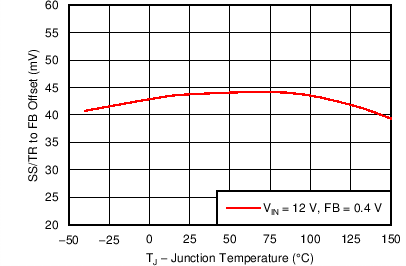 Figure 6-24 SS/TR to FB Offset vs Temperature
Figure 6-24 SS/TR to FB Offset vs Temperature